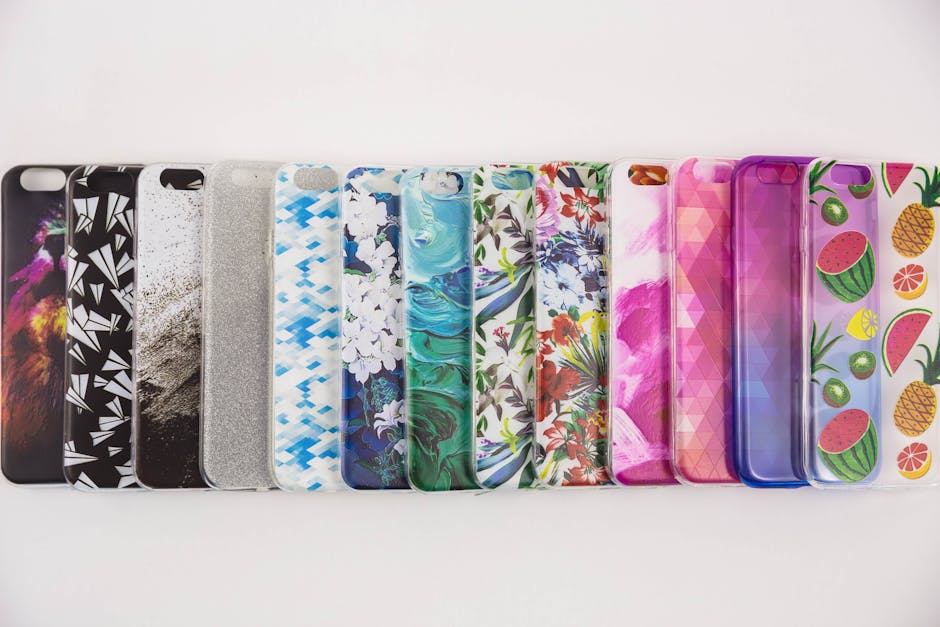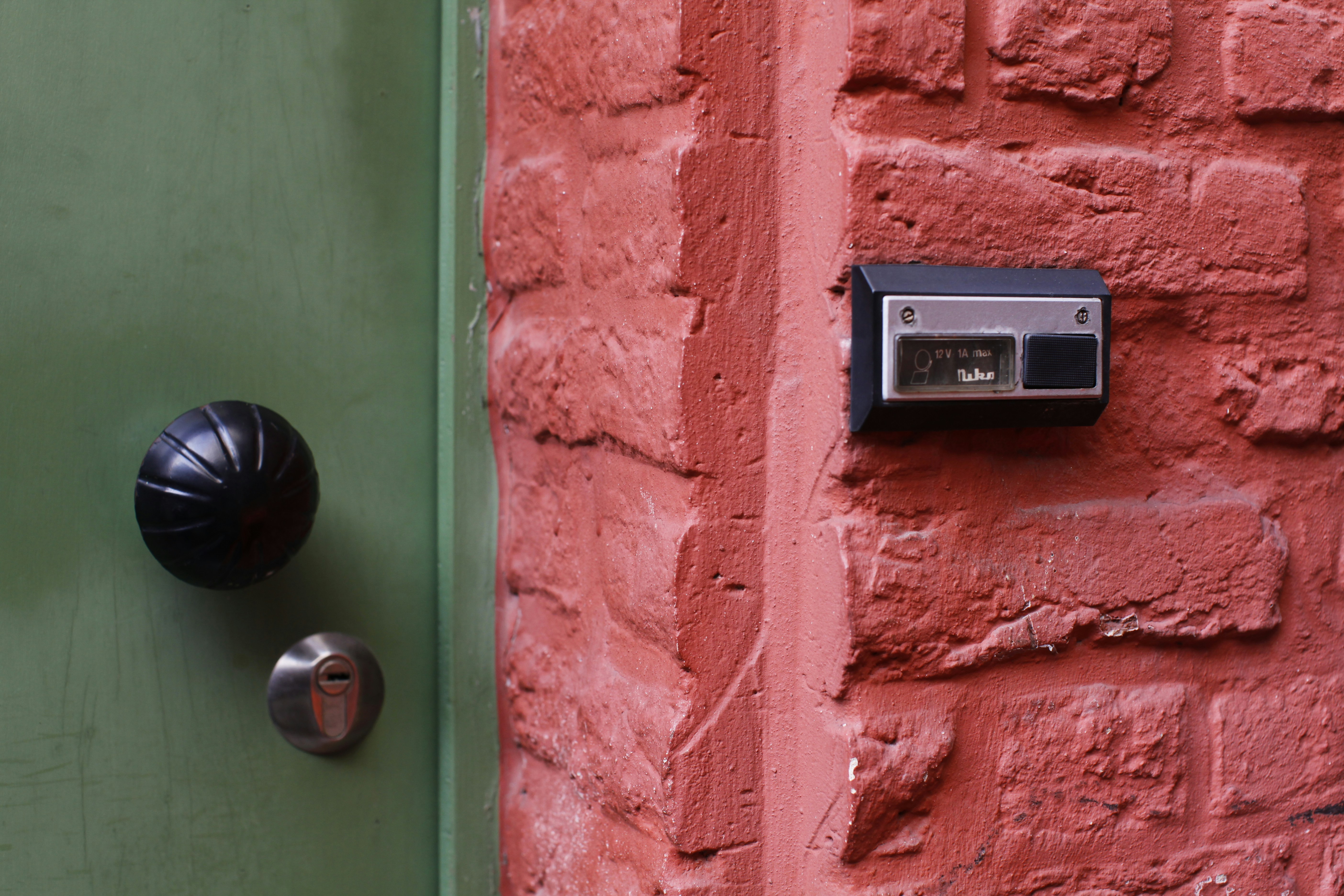Emotion-Tracking Gadgets: Transform Relationships & Communication
In a world where technology intertwines seamlessly with every aspect of our lives, emotion-tracking gadgets are the new frontier that promise not just to enhance our day-to-day experiences but also to reshape how we connect with ourselves and each other. Imagine wearing a device that can sense your emotional state or even help bridge communication gaps by offering insights into others’ feelings. This isn’t futuristic fantasy; it’s rapidly becoming a reality thanks to advancements in wearable tech. As we dive into this revolutionary shift, you’ll discover how these innovative devices are changing relationships, enhancing communication, and, ultimately, redefining our emotional landscape.
Understanding Emotion-Tracking Technology

At its core, emotion-tracking technology aims to gauge and interpret human feelings through various means, including physiological signals like heart rate variability and skin conductivity. This isn't just about monitoring emotional responses; it's about gleaning insights that can profoundly affect our interactions.
Take, for instance, a study published in the Harvard Business Review that discusses the emotional competencies of leaders. It reveals that leaders who are attuned to their emotions—and those of their team—tend to create more harmonious and productive environments. This insight underscores the necessity of integrating emotion-tracking devices in professional settings, where communication can often be fraught with misunderstandings. According to HBR, leaders with high emotional intelligence enhance team dynamics significantly, a potential that wearable emotion-tracking gadgets can amplify.
Imagine attending a meeting, and your wearable device alerts you that a colleague is feeling anxious or disengaged. With this context, you can adjust your approach to foster an environment of understanding and support. This powerful integration of technology and empathy speaks volumes about the potential of emotion-tracking gadgets in cultivating better communication pathways.
The Various Types of Emotion-Tracking Gadgets

Wearable Devices

The most prevalent emotion-tracking gadgets are wearable devices such as smartwatches and fitness bands. These gadgets, embedded with heart rate monitors, skin temperature sensors, and even sensors that detect galvanic skin response, provide real-time emotional data. Companies like Fitbit and Apple are continuously refining their algorithms to analyze how physical states relate to emotional outputs.
For instance, devices that provide alerts when your heart rate spikes can indicate stress or anxiety. They encourage users to take a moment for mindfulness exercises or deep breathing. Similarly, biofeedback gadgets that measure bodily signals further enhance our understanding of emotional states, leading to better stress management and emotional regulation.
Smartphone Applications

Emotion-tracking isn't confined to wearables; smartphone applications have also caught up. Apps like Moodnotes and Daylio allow users to log their moods and reflect on their emotional patterns over time. By tracking triggers and emotional changes, individuals can cultivate greater self-awareness and adjust their approaches to daily interactions.
Moreover, these apps often utilize machine learning algorithms to offer insights based on collected data, allowing users to identify common patterns in their emotional landscape. This can lead to breakthroughs in communication, as individuals learn how to address their emotional needs proactively.
AI-Driven Solutions

Artificial Intelligence (AI) is taking emotion-tracking to another level. Companies are developing AI-powered emotional analysis software that can interpret facial expressions and voice tone. For example, startups are creating applications that analyze users’ emotions through video calls, offering suggestions on how to better connect with their conversation partners.
These tools can provide real-time feedback, helping users adapt their communication styles in the moment, fostering an environment of understanding and connection. This is particularly potent in settings where non-verbal cues can be difficult to perceive, like in virtual meetings.
Bridging Communication Gaps

Enhancing Personal Relationships

Emotion-tracking gadgets are not just for work; their impact on personal relationships can be profound. Imagine having a conversation with your partner while wearing a device that tracks both of your emotional states. If one of you is feeling particularly overwhelmed or stressed, the gadget could provide insights to steer the conversation in a more supportive direction.
The power of shared emotional awareness cannot be understated. Devices that help couples understand each other's emotional triggers promote empathy and patience, transforming potential conflicts into opportunities for bonding. This aligns beautifully with studies on how shared experiences, such as utilizing technology to connect emotionally, enhance relationship quality.
Additionally, devices that encourage emotional check-ins between individuals can foster deeper connections. Think about a friend texted via a mood-tracking app to see if they need support, leading to a more empathetic friendship. Such practical applications highlight how emotion-tracking tech can fundamentally change how we nurture personal relationships.
Transforming Family Communication

In families, communication can sometimes falter due to generational gaps in emotional expression. Emotion-tracking gadgets serve as conduits for understanding, particularly among parents and children. Devices that measure stress or anxiety can help parents recognize when a child might be struggling, allowing them to intervene or offer help before a situation escalates.
Furthermore, these gadgets can promote a culture of openness by encouraging emotional expression within families. When parents model the use of such technology to express their feelings, children learn to communicate their emotions effectively, leading to healthier family dynamics.
The Intersection of Wearable Tech and Mental Health
As mental health awareness grows, emotion-tracking gadgets play a critical role in promoting mental well-being. For instance, wearables designed specifically for mental health, such as the Oura Ring, track sleep patterns, activity levels, and heart rate variability, all significant indicators of emotional health. This data can help users identify relationships between their physical states and emotional well-being.
Additionally, mood modulation gadgets can enhance emotional regulation by supplying tools for mindfulness, meditation, or relaxation techniques whenever users exhibit stress signals. This aligns with findings on the importance of proactive mental health management, as noted in our previous piece on mood modulation gadgets.
The Role of Healthcare Providers
Healthcare providers are increasingly recognizing the value of emotion-tracking technology in treating patients. By leveraging data collected through wearables, mental health providers can gain insights into their patients’ emotional patterns, leading to more personalized treatment plans and ultimately better outcomes. Regular tracking also promotes accountability among patients as they actively engage with their emotional health.
The Challenges Ahead
While the rise of emotion-tracking gadgets brings exciting potential, it’s not without challenges. Privacy concerns are paramount. With so much personal data being collected, users must understand how their information is being used, stored, and shared. This necessitates robust privacy policies and ethical considerations from tech companies.
Moreover, the reliance on technology to interpret emotional nuances could risk oversimplifying or misinterpreting feelings, necessitating a fine balance between technology and human intuition. Emotion-tracking gadgets should complement interpersonal communication rather than replace it.
Final Thoughts
Emotion-tracking gadgets are not just tools; they represent a significant shift in how we understand and navigate our emotional worlds. By facilitating deeper connections and promoting emotional awareness, these devices are paving the way for healthier relationships and improved communication.
As technology continues to evolve, so will our methods of understanding ourselves and others. The future holds promise for a world where empathy and connection are at the forefront, powered by innovative emotion-tracking gadgets. For those ready to embrace this change, the journey toward more fulfilling relationships starts now—so why not dive in and explore the myriad possibilities awaiting you?
For a deeper exploration of how wearable technology interacts with our lives, consider reviewing our detailed guide on the best smart home devices here or delve into the future of augmented reality for mental wellness with this insightful article. With these insights, you are ready to embrace the future of emotion-aware relationships.



